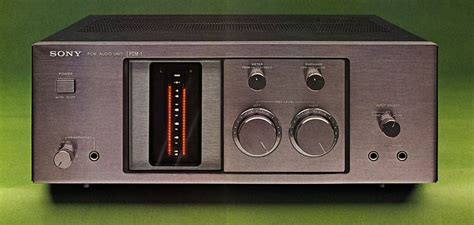Most digital televisions use PCM audio.
Image Credit:
flashfilm/Lifesize/Getty Images
Pulse Control Modulation in television audio uses a modulation method that changes an analog signal into a digital signal, originally developed by a telephone company employee for military and phone applications in the 1930s. You’ll find this as a standard option on your television or other electronic devices that have audio features. PCM scans the analog signal, sampling it as it also accomplishes a bit depth measurement before digitizing it.
Signal Modulation
Some audio signals require adjustment, or modulation, to work with different types of digital equipment. The PCM audio feature in a television allows the television to change an analog signal into a digital signal. The PCM process involves sampling the signal at regular intervals, as it periodically takes a measurement of its bit depth before converting it into a binary code. The purpose of the sampling and measurement is to confirm the signal conforms to the original analog signal while converting it into binary code.
Standard Digital Format
After converting the signal to binary code, PCM changes the signal again into a series of pulses, digitized to control interference. This part of the process uses a pulse code demodulator to transmit this digitized signal into the series of pulses. PCM audio is the standard form of digital audio used in most DVD, Blu-ray, televisions and digital telephones.
Limitations
Although a standard format, PCM also has some limitations. Since PCM operates by taking regular samples at specific intervals, the time between the intervals, no measurement is made and changes in the frequency that result in higher frequencies may not be captured during the process, which means that data is lost and not converted. Because of the periodic sampling, an accurate encoding and decoding clock is required in the integrated circuit to complete the sampling process correctly. If the clock is unstable, it creates a frequency drift in the signal, which impacts the signal’s quality.
Inventor

Alec Reeves, an engineer and a scientist who worked for International Telephone and Telegraph in Paris before World War II broke out in Europe, devised pulse code modulation for the purposes of cleaning up the analog telephone signal that amplified “noise” attached to the signal. Reeves based PCM on Morse code developed by Samuel Morse, turning the signal into a series of “On” and “Off” pulses for cleaner transmission.

Gizli Hazineleri Keşfedin
